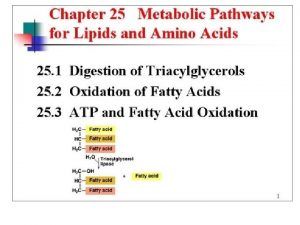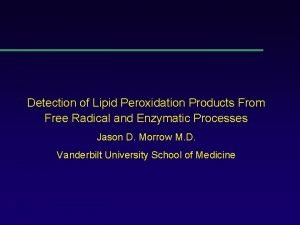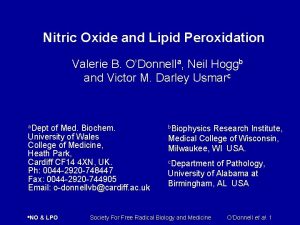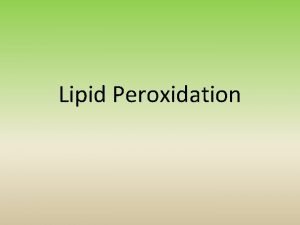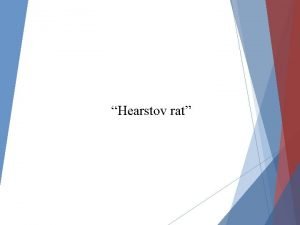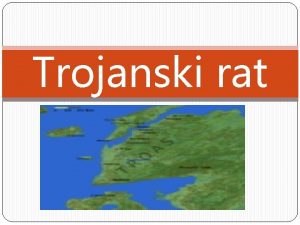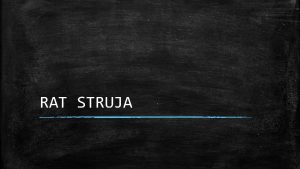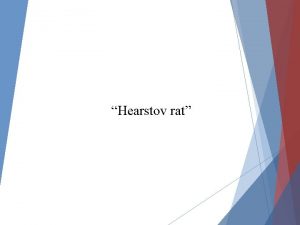THE ASSESSMENT OF LIPID PEROXIDATION IN RAT WITH









- Slides: 9

THE ASSESSMENT OF LIPID PEROXIDATION IN RAT WITH ALLOXAN DIABETES AND TRANSPLANTED LIVER CANCER AFTER INTRAVENOUS ADMINISTRATION OF POLYMER-COATED GOLD NANORODS

WORKING GROUP Alla B. Bucharskaya, Saratov State Medical University , Russia Nataliya I. Dikht, Saratov State Medical University, Russia Galina A. Afanasyeva, Saratov State Medical University, Russia Alexey V. Ivlichev, Saratov State Medical University, Russia Stella V. Shevchenko, Saratov State Medical University, Russia Nadezhda V. Zaraeva, Saratov State Medical University, Russia Georgy Terentyuk, Saratov State Medical University, Saratov State University, Russia Galina Maslyakova, Saratov State Medical University, Russia Boris N. Khlebtsov, Institute of Biochemistry and Physiology

THE AIM OF STUDY The aim of study was to assess the effects of a single intravenous injection of gold nanorods with polyethylene glycol (PEG) and polystyrene sulfonate (PSS) coating on biochemical indicators of blood serum in intact rats and in rats with alloxan diabetes and with transplanted liver cancer PC 1.

MATERIALS AND METHODS The experiments were performed at Center of Collective Use of Saratov State Medical University on 36 healthy albino male rats weighing 180 -220 g. The gold nanorods (GN) with polyethylene glycol (PEG) and polystyrene sulfonate (PSS) coating used, synthesized in a laboratory of nanobiotechnologies (IBPPM RAS). The lipid peroxidation indicators: malondialdehyde (MDA), lipid hydroperoxide (GPL), the average molecular mass (MSM) were evaluated by spectrophotometric methods using a spectrofluorometer RF-5301 PC (Shimadzu Co, , Japan)

DESIGN OF EXPERIMENT The rats were divided into 3 groups: intact, with alloxan diabetes and with transplanted liver cancer (12 rats per group). The experimental model of liver cancer was reproduced by transplantation of 25% cell suspension of cholangiocarcinoma line PC-1, obtained from the bank of tumor strains of Russian Cancer Research Center n. a. N. N. Blokhin. Experimental diabetes induced by intraperitoneal injection of alloxan monohydrate in dosage 100 mg/kg body weight. The GN with PSS and PEG coating were injected intravenously in an amount of 1 ml with gold concentration 400 µg/ml (4 rats in all groups). 4 rats from each group were without treatment. The withdraw of rats from experiment was conducted 24 hours after GN injection and serum samples were

RESULTS 9 8 7 6 5 4 MD 3 HPL AWM 2 1 +P +P EG SS R O M TU TU M O R M TU G PE ES + BE T IA D D IA B D ET E IA B S+ P ET E SS S EG L+ P TR N O C C O N TR C O O L 0 N +P TR O SS L 0 The indicators of lipid peroxidation: MDA(pmol/l), GPL (U/ml), AWM (U/ml) after GN injection

RESULTS In control group of animals the increase of MD and HPL after intravenous administration of gold nanorods with PSS coating were significant. In group with alloxan diabetes and transplanted tumor the activation of free radical oxidation and accumulation of MD and HPL in the serum were more pronounced after administration of PSS-coated GN. There were no significant differences in the indicators of average molecular mass in all groups after GN

CONCLUSION The results obtained in experiments indicated the activation of free radical oxidation in the serum of animals after administration of gold nanorods with polystyrene sulfonate coating. These results allow to recommend the use of PEG-coated GN in studies of animals with pathological processes.

ACKNOWLEDGEMENTS This study was supported by grant No. 14 -1301167 from the Russian Scientific Foundation.










